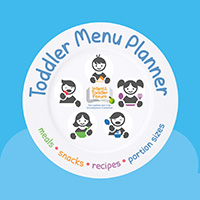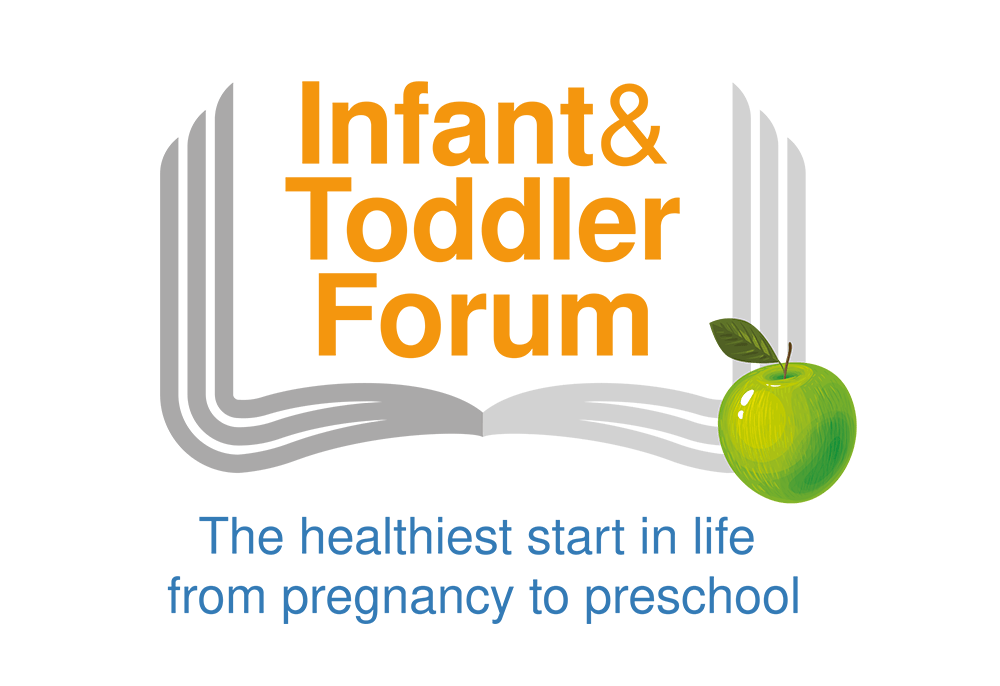
Use our Toddler Meal planning tool to ensure your 1-4 years old receives a balanced diet every day.
Find out more >
Use our toddler food tracker to check that your 1-4 year olds are getting a good balance of foods and activity
Find out more >
This educational programme for frontline professionals contains a range of practical resources on infant feeding.
Find out more >Guidance & Tips for Parents
All babies develop at their own pace, it is important to keep offering your baby more and more complex food textures during the second half of their first year, so that they continue to develop their feeding skills. They should be able to join in family meals eating minced and chopped family foods and self-feeding firmer finger foods by 12 months of age.
Some babies are more sensitive to textures and need more practice to accept them. Babies who spit out lumps can continue to be offered lumpy food and soft finger foods so that they learn to manage lumps in their mouth rather than reverting back to only smooth foods. It is important to continue to promote sucking and chewing of non-foods (such as toys, whether soft or hard). This will help to desensitise them to different textures and improve their eating skills.
|
Timing |
Skills to learn |
New food textures to introduce |
|
First few weeks of complementary feeding |
|
|
|
Around 6 – 9 months |
|
|
|
Around 9 – 12 months |
|
|


